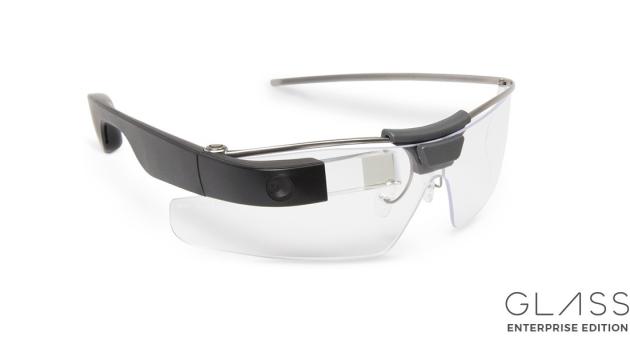Brief Summary:
Product: Google Glass (Explorer Edition)
Company: Google
Country: USA
Period: ~2012-2015 (consumer version)
Essence: Wearable computer in the form of glasses with a HUD, camera, and voice control.
An innovative gadget that failed in the consumer market due to privacy concerns, social acceptance issues, price, functionality, and design. Refocused on the corporate segment.
Development History
The project was born in the secret labs of Google X and was unveiled to great fanfare in 2012-2013. The goal was to create wearable computing that would integrate into daily life, providing information "on the go" without constantly needing to pull out a smartphone. The developer version, Explorer Edition, sold for a hefty $1,500, creating an aura of exclusivity and bringing the future closer - a future that, as it turned out, wasn't quite ready yet.
How It Worked
The device consisted of eyeglass frames (with or without lenses) equipped with a miniature computer. Key components:
- Display (HUD): A tiny projector created an image that was reflected through a prism in front of the user's right eye, creating a semi-transparent screen effect over the real world.
- Controls: Operated via voice commands (starting with "Ok, Glass...") and a touchpad on the temple.
- Camera: The built-in camera allowed for photos and video recording.
- Connectivity: Connected to smartphones via Bluetooth for internet access.
Why It Failed
- Privacy concerns: The always-on camera made people uncomfortable, earning wearers the nickname "Glassholes."
- Technical limitations: Short battery life (2-3 hours), overheating issues, and mediocre display quality.
- High price: $1,500 was prohibitive for a device with limited functionality.
- Lack of clear use cases: Google failed to convincingly explain why average consumers needed Glass in their daily lives.
Ahead of Its Time?
Absolutely. Google Glass was too radical a leap for its time. The technology (batteries, processors, optics) wasn't ready to deliver a truly comfortable and functional experience. More importantly - society wasn't ready for people with always-on cameras and displays in their field of vision. Social and ethical norms hadn't adapted to this level of "transparency" and potential surveillance. The concept was sound, but the execution and timing were poor.
Can It Be Revived?
The consumer version of Glass as we knew it? No. However, Google didn't abandon the project, but successfully repurposed it for enterprise (Google Glass Enterprise Edition). In industries like manufacturing, logistics, and medicine where hands-free access to instructions or data is needed, Glass found its niche.
As for the consumer market, the AR glasses concept lives on. Many companies (including Apple, Meta, Google) continue developing in this direction. Future consumer AR glasses will likely be less conspicuous, have more thoughtful use cases, and address privacy concerns. So the Glass concept didn't die - it evolved.
WTF Factor
- "Glasshole": The very emergence of this derogatory term/meme is WTF. Few gadgets have provoked such negative social reactions before even hitting mass production.
- Unrealistic expectations: The hype around Glass was astronomical. It seemed like the era of sci-fi cyborgs was imminent, but in reality we got an expensive, awkward, and not very useful gadget.
- Usage bans: Situations where people were asked to remove Glass in bars, theaters, or even just on the street highlighted the complete failure of the "natural integration" concept.
- Prototype pricing: Selling what was essentially a beta version for $1,500 under the guise of an exclusive "Explorers" program was a bold (or brazen?) marketing move.
